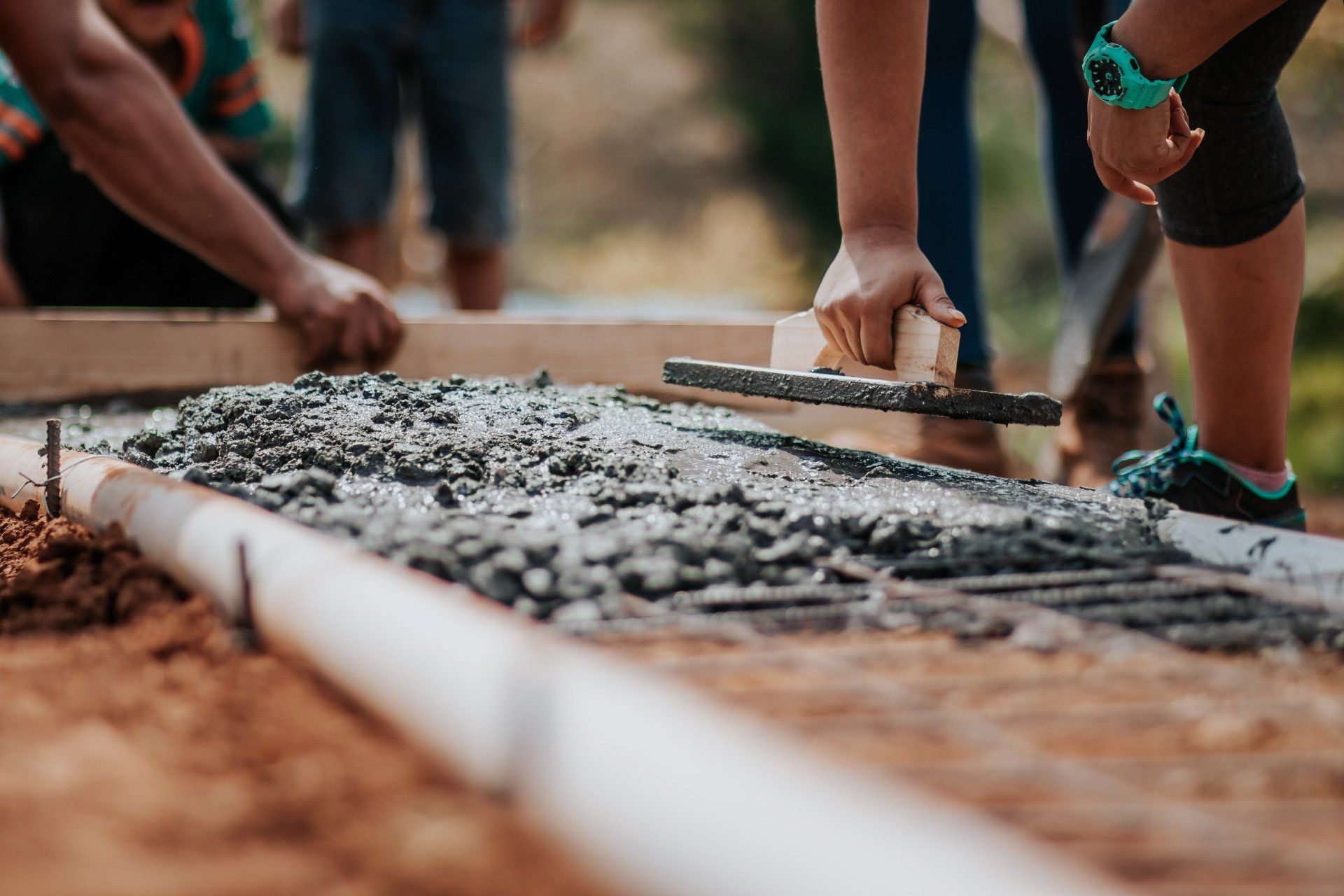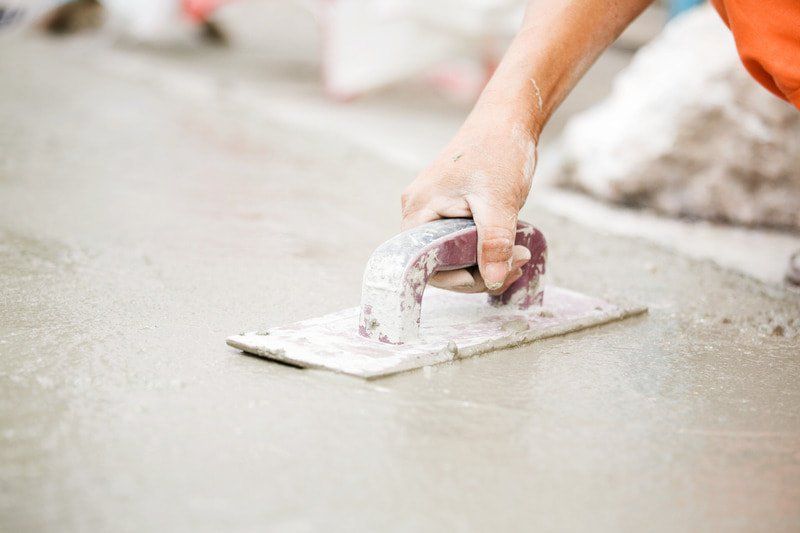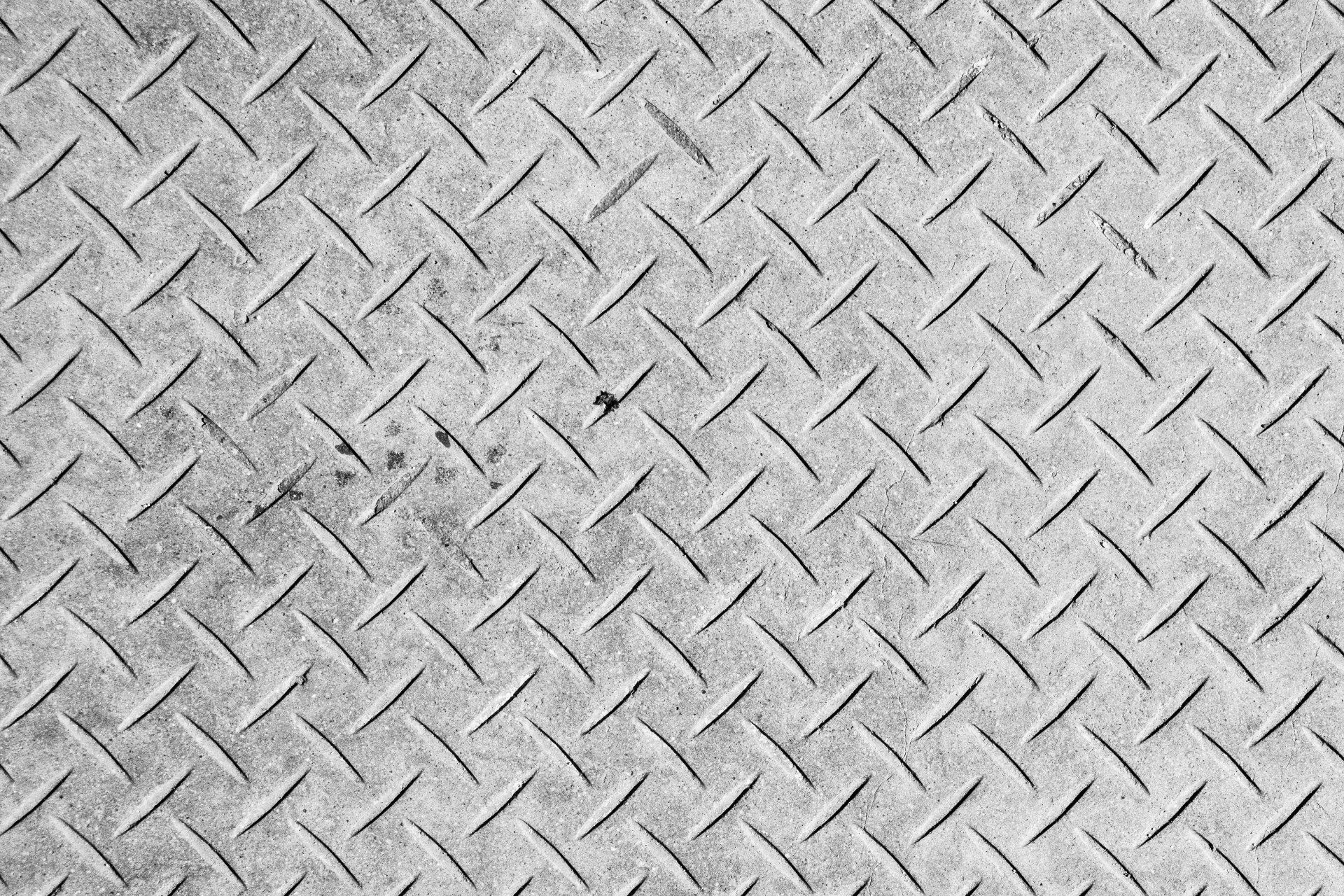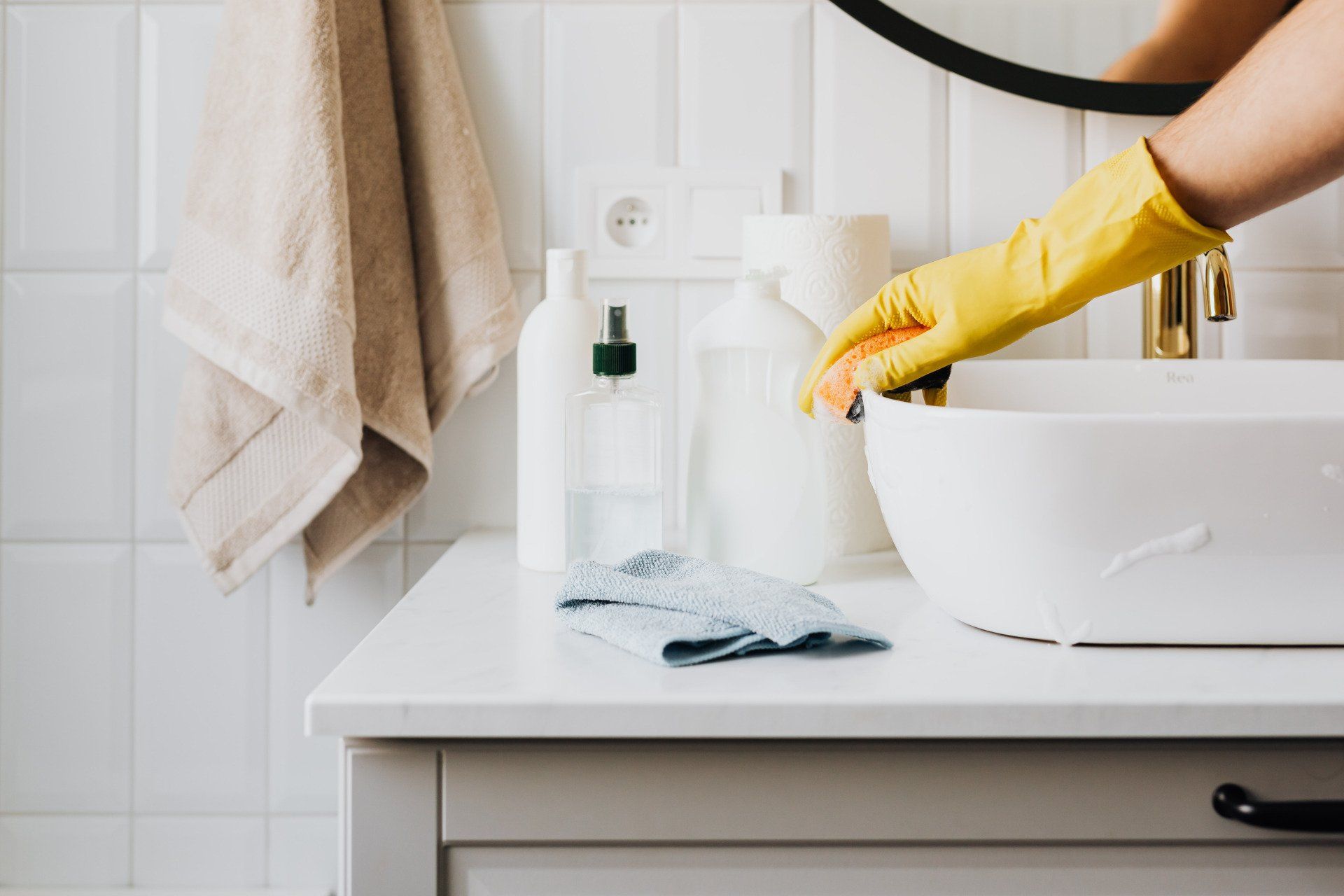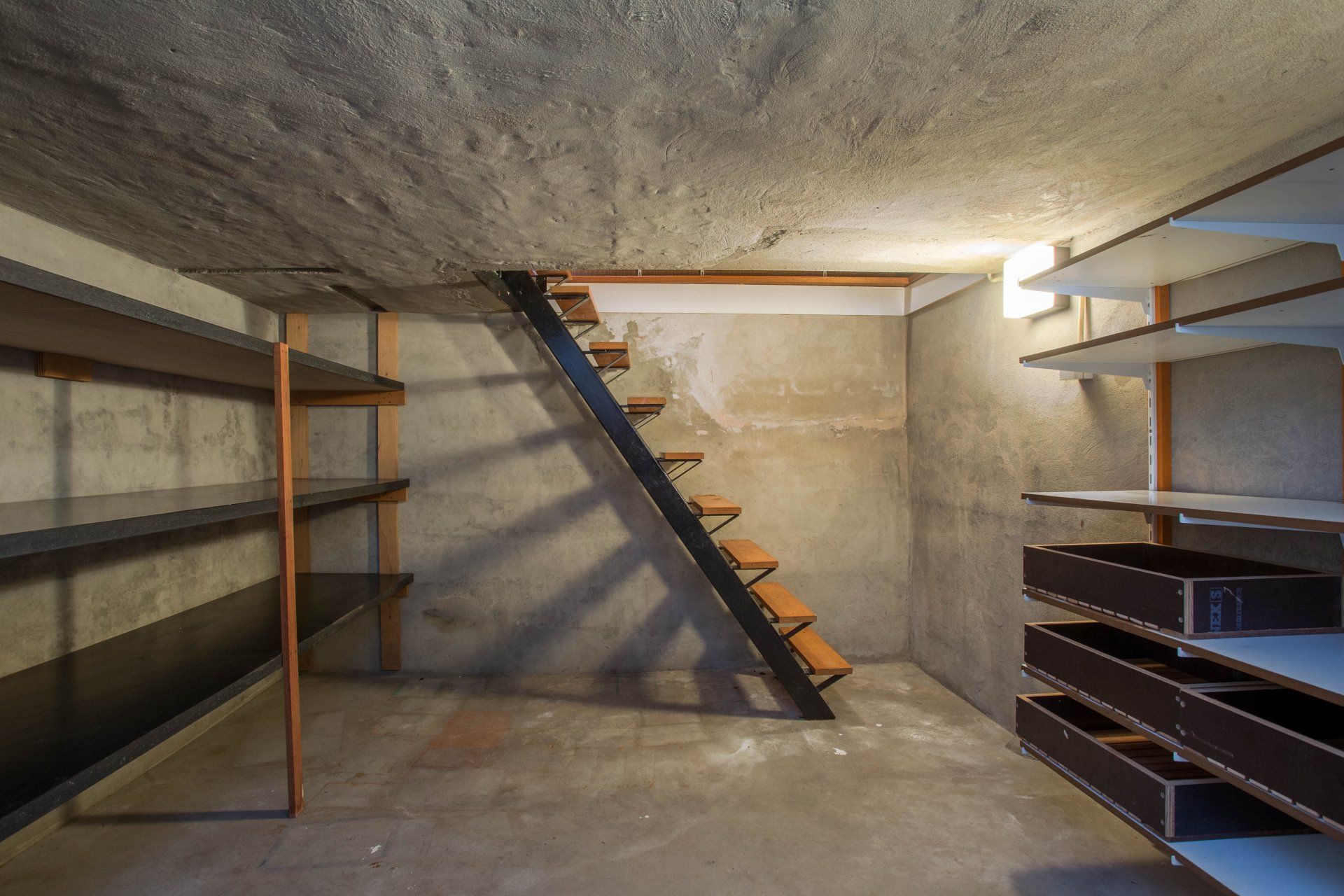5 Best Ways to Remove Concrete Sealers
5 Best Ways to Remove Concrete Sealers
There is much to know about concrete if you want the best concrete driveway. You have to pay attention to both the concrete and sealers you use. And there comes a time when those sealers might start peeling off or breaking down. Of course, this can make your concrete driveway not look its best.
When it comes to removing concrete sealers and resurfacing your concrete floor, you have to tread carefully. In this article, we show you 5 ways to remove concrete sealers, and you'd like number 5. But before we get to that, let's share some information about concrete sealers.
Types of Concrete Sealers
There are two main types of concrete sealers: the topical (film forming sealers) and the deep penetrating sealers. The topical sealers form some sort of a shiny finish. So, choose this one if you want your concrete to look wet or have a high gloss finish that brings out the color. They include acrylics, epoxies, and urethanes. These sealers, especially acrylics, wear down faster, and you'd need to reapply them more often.
The deep penetrating sealers, like silanes, siloxanes, silicates, and siliconates, can get into the concrete and form a chemical barrier. Penetrating sealers are durable and are a good choice for a concrete driveway. They don't peel, fall apart, or get worn down. Some people call this kind of sealer an impregnating concrete sealer. If you want a natural finish that won't change the way your concrete looks, your obvious choice is this type,
How to Know if Concrete Already Has a Sealer
You can do a simple test or two to find out if the concrete in question has a sealer on it if you are not sure.
The Water Drop Test
You can find out if there is a sealer by putting a few drops of water on different parts of the concrete. If the water changes the color of the concrete and soaks into the surface, the concrete probably doesn't have a sealant. If, on the other hand, the water beads up on the surface and doesn't soak in, likely, a sealer is there.
Muriatic Acid Test
Some concrete finishes are smooth and don't allow water to seep through because the surface isn't porous. This makes the water test not so effective. So using muriatic acid will show that a concrete sealer is there for sure.
To test the concrete, use a small amount of muriatic acid mixed with about 4 parts water and 1 part acid. You should put a few drops of the acid solution on the surface. If the solution starts to fizz and bubble, there is no sealer. If the acid solution sits there and doesn't do much, it's a sure sign that there's a sealer on the concrete.
Ways to Remove Concrete Sealers
There are two techniques to remove old concrete sealer: mechanically or chemically.
The mechanical method entails physically removing the sealer by grinding, sanding, or blasting it away with an instrument. This technique may harm the concrete and is a rather noisy process.
The alternative option is the chemical process, which you can use to remove any sort of concrete sealer from a concrete or floor. There are a variety of chemicals you can use if you choose this method.
Identifying Concrete Sealers
If you've used a concrete sealer, the next step is to determine if it is of water or chemicals. This is an essential step because you can't put a water-based product over a chemical-based one. And you can't put a chemical-based sealer over a water-based one.
You can put a small amount of xylene on a spot of your concrete. After 20 seconds, take the xylene off the concrete and touch it. Sealers of chemical origin will gum up and get sticky, but products from water will not.
Removing Concrete Sealers
Use Xylene
For removing solvent-based concrete sealers, xylene will work well.
Xylene will re-emulsify the concrete sealer and soften it to the point where you can pressure wash it off, although it's a little messy. Don't let the xylene evaporate; you can spray or pour it on in a small area.
To assist remove it from the surface, brush it around. Be careful because the surface will get fairly slick. Scrub for approximately a minute or two (depending on your sealer's thickness). If it begins to dry out, add more xylene.
Pressure Wash the Concrete
After you take off the concrete sealer, you should clean the surface with water to get rid of any materials that are still in the concrete's pores or depressions. At this point, many homeowners use a pressure washer to get rid of any leftover debris. Now, your concrete should be ready for a new coat of sealer that will keep it safe for years to come.
Sandblast the Concrete
There will be a thin layer of concrete sealer after using xylene. You can remove it by sandblasting the area. This will also get the concrete ready for a new layer of sealer.
This isn't something you can do yourself, so you'll need to hire some
concrete contractors in Orange County to do it. If you don't do it right, you might hurt the concrete. But a person with experience can quickly get rid of all the sealant.
Sandblasting is a bit dusty and messy, but it removes almost all of the old sealer flaking off. It may also take away some of the original colors, so you may have to recolor the surface before sealing it.
Sodablast the Concrete
Soda-blasting is similar to sandblasting, but soda gets used instead of sand in this case. You use soda bicarbonate instead of sand or quartz. It's pretty much baking soda but a little harsher. Soda blasting is better for the concrete because it is less likely to hurt it. Also, it dissolves in water and is better for the environment. It is a highly effective method, and it is safer than sandblasting.
For this method, too, you'll need to hire some
concrete contractors in Orange County because of the tools you'd need. It will get the job done much faster and better than using a pressure washer or xylene. You'll probably have to repaint the surface before sealing it again, but the concrete will look brand new when you're through.
Wetblast the Concrete
Wet media blasting is similar to sand and soda blasting, but it uses water instead of sand and soda, so there is no dust. Wet blasting is another highly effective way to remove Orange County concrete sealers. An experienced pro at
OC Concrete Pavers can remove almost all of the concrete sealer without hurting the concrete. Even though there's still some mess to clean up, it's not as bad as when you oft for the soda and sand methods.
Orange County Concrete Pavers1133 Camelback St #7124A, Newport Beach, CA 92658(949) 541-0607
All Rights Reserved | Orange County Concrete Pavers
